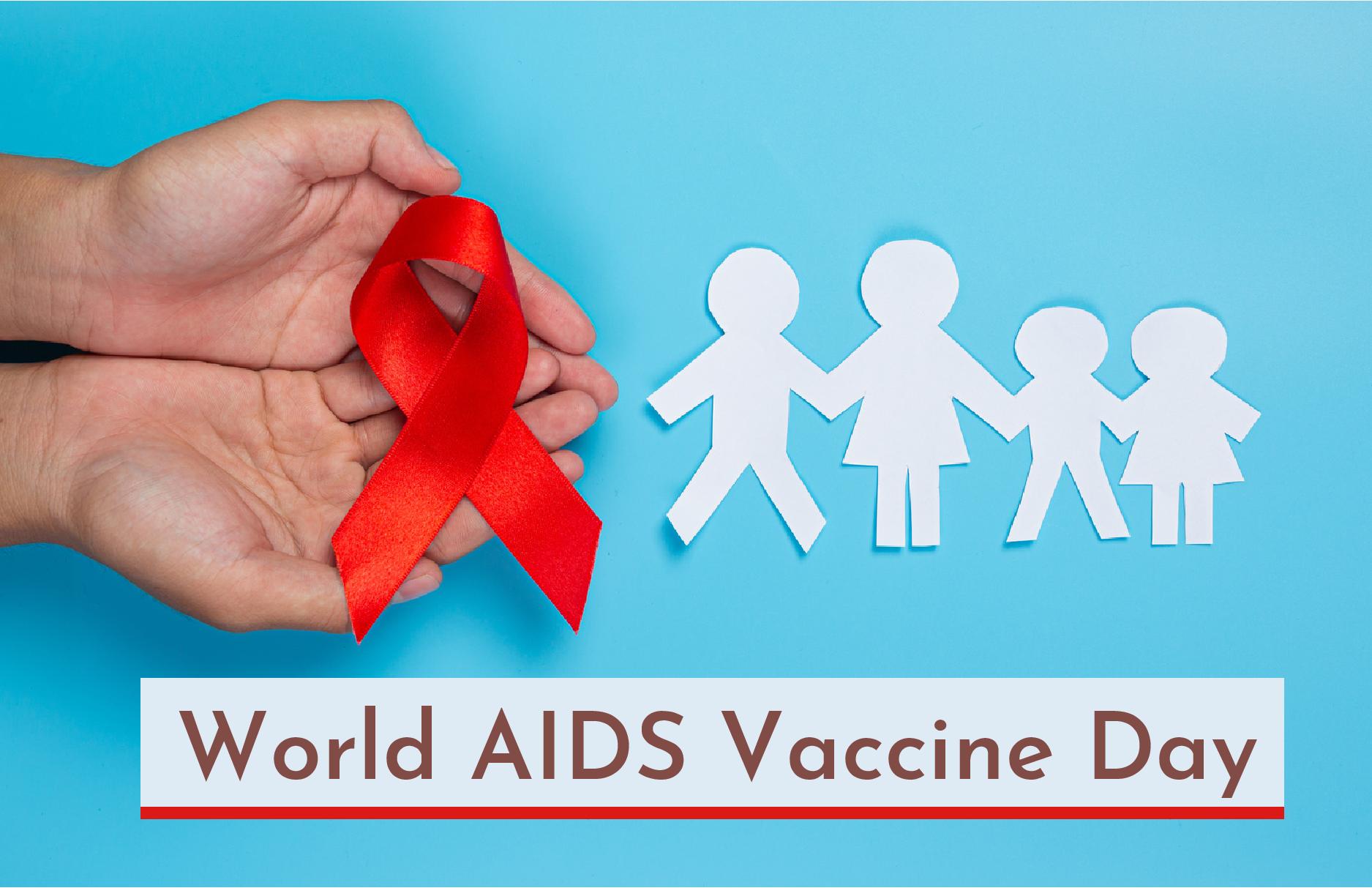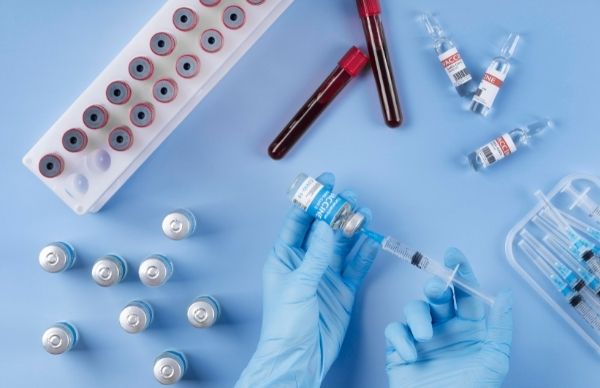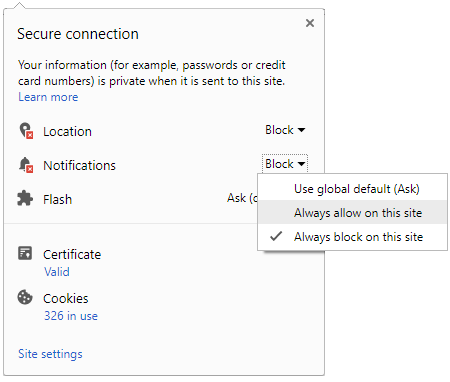Just In
- 2 hrs ago

- 2 hrs ago

- 4 hrs ago

- 5 hrs ago

Don't Miss
- News
 Sharad Pawar's NCP Manifesto Highlights: Calls For Caste Census, Bats For Farmer And Women Welfare
Sharad Pawar's NCP Manifesto Highlights: Calls For Caste Census, Bats For Farmer And Women Welfare - Automobiles
 Price Hike Alert: Jeep & Citroen Cars To Become More Expensive In India
Price Hike Alert: Jeep & Citroen Cars To Become More Expensive In India - Technology
 WhatsApp Introduces Passkey Support for Enhanced Security on iOS – Here’s How To Set It Up
WhatsApp Introduces Passkey Support for Enhanced Security on iOS – Here’s How To Set It Up - Finance
 Mark Zuckerberg's Meta Reports Record Q1 Profit Surge, Projects AI Investments This Year; Stock Slumps
Mark Zuckerberg's Meta Reports Record Q1 Profit Surge, Projects AI Investments This Year; Stock Slumps - Movies
 Tillu Square Box Office Collection Day 28 Prediction: Ahead Of OTT Release, Siddhu's Film Continues Good Run
Tillu Square Box Office Collection Day 28 Prediction: Ahead Of OTT Release, Siddhu's Film Continues Good Run - Sports
 PAK vs NZ Dream11 4th T20I: Squads, Fantasy Tips & Best Picks for Pakistan vs New Zealand fourth match
PAK vs NZ Dream11 4th T20I: Squads, Fantasy Tips & Best Picks for Pakistan vs New Zealand fourth match - Education
 UPSC CAPF 2024 registration begins; Apply online for 506 Assistant Commandant posts, Know more
UPSC CAPF 2024 registration begins; Apply online for 506 Assistant Commandant posts, Know more - Travel
 Escape to Kalimpong, Gangtok, and Darjeeling with IRCTC's Tour Package; Check Itinerary
Escape to Kalimpong, Gangtok, and Darjeeling with IRCTC's Tour Package; Check Itinerary
World AIDS Vaccine Day 2022: History, Significance And Theme
The World AIDS Vaccine Day is observed annually on 18 May. It is also referred to as HIV Vaccine Awareness Day. The purpose of this day is to spread information and to raise awareness of AIDS and its immunization. The day also emphasizes the importance of vaccines to prevent HIV infection.
On 18 May 1998, the first World AIDS Vaccine Day was observed, commemorating the anniversary of President Clinton's speech. On World AIDS Vaccine Day each year, communities worldwide hold a variety of activities to raise awareness about AIDS vaccines, educate the public about HIV prevention and the ongoing research for an AIDS vaccine, and demonstrate how ordinary citizens can contribute to international efforts to stem the pandemic.

World AIDS Vaccine Day 2022: History And Significance
The concept of World AIDS Vaccine Day was introduced following a speech given by former United States President Bill Clinton at Morgan State University, Maryland, on 18 May 1997. According to him, only a vaccine that is effective and preventive will be able to limit and ultimately eradicate the threat of AIDS [1].
During his speech, he stated that the only method of controlling the spread of HIV and eventually eliminating it would be to develop a vaccine. Following his speech, the first celebration of World AIDS Day was held in May 1998.
Each year, communities worldwide organize various activities to raise awareness about HIV and AIDS vaccines, prevention, and education.
World AIDS Vaccine Day 2022: Theme
As of right now, the theme for World AIDS Vaccine Day 2022 is not known. The theme will be announced by the organization responsible for organizing the day. A global awareness campaign, World AIDS Vaccine Day, is celebrated with a different theme each year.

Why Do We Need A Vaccine To Prevent HIV?
There is currently no vaccine available to prevent HIV infection or treat those who have it. However, scientists are working to develop one. The NIAID-funded HIV Vaccine Trials Network (HVTN) is the world's largest publicly funded collaboration to develop a vaccine for HIV/AIDS. Since its inception in 1999, more than 80 clinical trials have been conducted in more than a dozen countries, involving more than 22,000 study participants.
Developing an HIV vaccine presents numerous scientific challenges. Researchers are struggling to overcome several obstacles as they attempt to understand how to induce protective immunity against HIV, including its unprecedented genetic variability, its ability to establish a persistent lifelong infection, and the fact that no person has been able to clear the virus on their own [2][3].
Due to the complexity of combatting HIV, traditional approaches to vaccine development that have led to many of the licensed vaccines currently in use are either impractical or have failed to produce effective vaccines.
More people living with HIV have access to life-saving treatment (also called antiretroviral therapy or ART) than ever before, which is beneficial for their health. If individuals living with HIV can achieve and maintain viral suppression by taking HIV medications daily as prescribed, they can remain healthy and at no risk of transmitting HIV to their partners [4].

Additionally, individuals at high risk for HIV infection may be able to access pre-exposure prophylaxis (PrEP) or antiretroviral therapy (ART) to prevent HIV infection. According to the government's latest HIV estimates report (2019), India is estimated to have around 23.49 lakh people living with HIV/AIDS (PLHIV) in 2019.
Globally, HIV infection rates have declined by 37 per cent between 2010 and 2019. In 2019, approximately 1.7 million people acquired HIV from newly infected individuals [5]. To control and ultimately eradicate HIV globally, there is a need for a comprehensive set of HIV prevention tools that are widely accessible to all who can benefit from them.


 Click it and Unblock the Notifications
Click it and Unblock the Notifications



